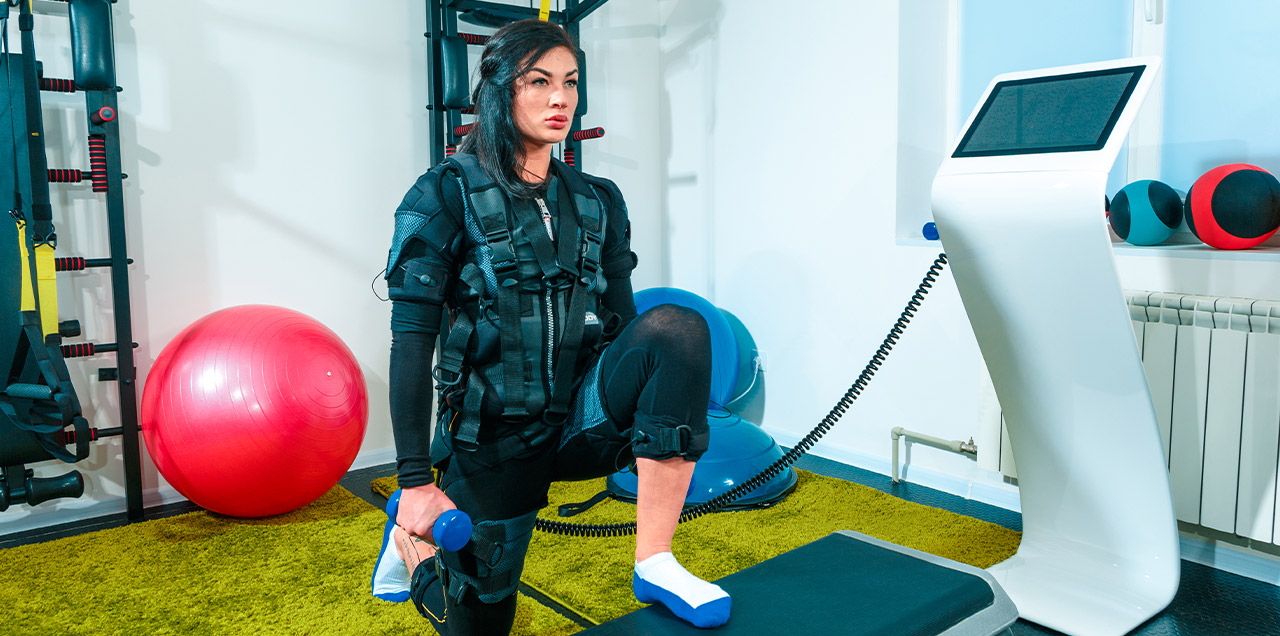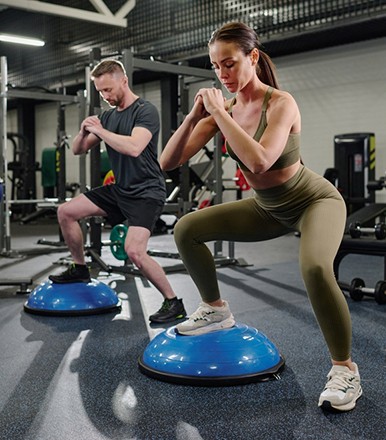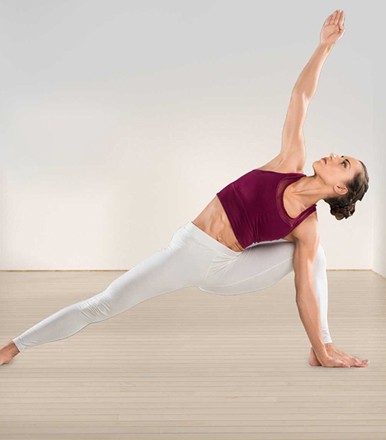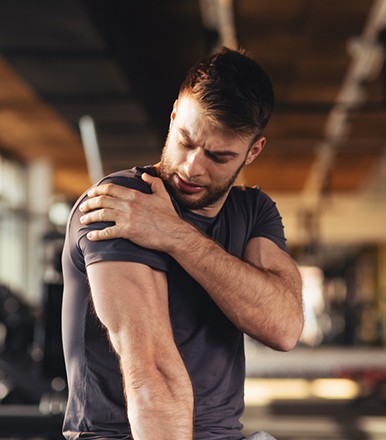Physical fitness is essential for maintaining overall health and well-being. It encompasses various aspects of our body's ability to perform daily activities efficiently and effectively. Understanding the components of physical fitness is crucial for designing a well-rounded exercise routine that addresses all aspects of health. In this article, we will explore the key components of physical fitness and how to improve them to lead a healthier lifestyle.
Understanding Physical Fitness
Before delving into the components of physical fitness, let's understand why it is essential. Physical fitness is not just about having a lean body or being able to run a marathon; it's about having the strength, endurance, flexibility, and balance to perform everyday tasks with ease and reduce the risk of injury.
Components of Physical Fitness
Physical fitness comprises several components crucial for overall health. These components include cardiovascular endurance, which relates to the ability of the heart and lungs to deliver oxygen to the body during sustained physical activity; muscular strength, which is the capacity of muscles to exert force against resistance; muscular endurance, which is the ability of muscles to perform repetitive contractions over time; flexibility, which involves the range of motion around joints; and body composition, which is the proportion of fat and non-fat mass in the body. Each component plays a vital role in maintaining a healthy and functional body.
- Cardiovascular Endurance
Cardiovascular endurance refers to the ability of the heart, lungs, and blood vessels to deliver oxygen to the body's tissues during sustained physical activity. It is crucial for activities such as running, swimming, or cycling.
- Muscular Strength
Muscular strength is the amount of force a muscle can exert against resistance. It is essential for activities like lifting heavy objects, climbing stairs, or performing weightlifting exercises.
- Muscular Endurance
Muscular endurance is the ability of a muscle or group of muscles to sustain repeated contractions over a prolonged period. It is vital for activities like hiking, cycling, or performing high-repetition weightlifting exercises.
- Flexibility
Flexibility refers to the range of motion of a joint or group of joints. It is essential for maintaining proper posture, preventing injuries, and improving athletic performance.
- Body Composition
Body composition refers to the proportion of fat, muscle, and other tissues in the body. Maintaining a healthy body composition is crucial for overall health and well-being.
In conclusion, the components of physical fitness play a vital role in maintaining overall health and well-being. By incorporating cardiorespiratory endurance, muscular strength, muscular endurance, flexibility, and body composition into your exercise routine, you can improve your physical fitness and lead a healthier lifestyle.
By focusing on improving these components of physical fitness, you can enhance your overall health and well-being. Visit Hello Fitness Magazine to discover more tips, tricks, and resources to help you on your fitness journey.














